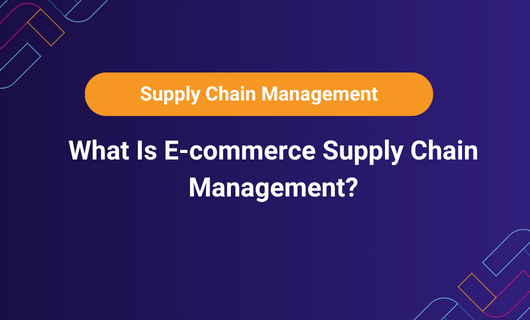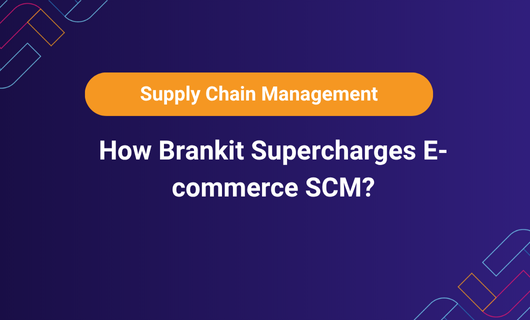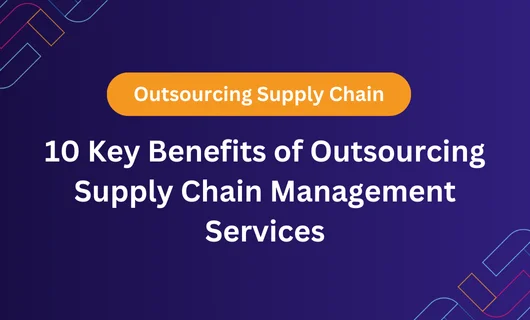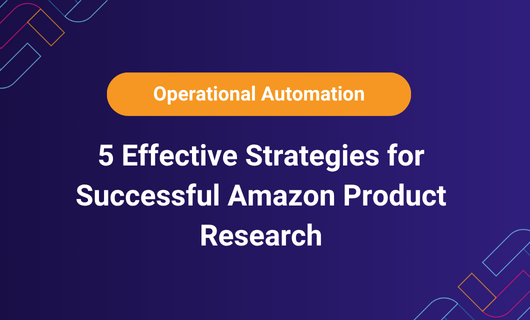
E-commerce supply chain management (SCM) is the backbone of any successful online retail business. Leading brands like Amazon, Warby Parker, Glossier, and Allbirds leverage advanced solutions such as sap supply chain to master their e-commerce supply chain strategy, delivering a smooth customer experience, optimizing costs, and boosting revenue growth.
Why E-commerce Supply Chain Management Matters
In traditional retail, supply chains were predictable and linear. In e-commerce, speed, flexibility, and ecommerce inventory forecasting powered by data-driven insights are the game changers.
Modern e-commerce SCM covers everything from:
- Sourcing & procurement
- Inventory management
- Warehouse management
- Order fulfillment services
- Returns (reverse logistics)
- Customer experience
- Real-time optimization
Brands like Nike and Casper invest heavily in e-commerce supply chain solutions to ensure products are always available, shipped fast, and returned hassle-free, all while keeping costs under control.
Key Points of E-commerce SCM
Here’s how each part fits together.
E-commerce Inventory Management
A solid e-commerce inventory management system helps you track stock in real-time, avoid overselling, and reduce dead stock. For Amazon sellers, this can make or break your seller rating and Buy Box eligibility.
E-commerce Demand Forecasting
With smart e-commerce demand forecasting tools, you predict what to stock and when. This helps brands like Chewy and Dollar Shave Club plan seasonal surges, launch promotions, and optimize marketing spend
E-commerce Order Fulfillment Services
A smooth e-commerce fulfillment process ensures orders ship quickly and accurately. Top brands use a mix of in-house and third-party ecommerce order fulfillment services to stay competitive.
E-commerce Warehouse Management
An efficient e-commerce warehouse management system (WMS) optimizes picking, packing, and shipping. It also integrates with your inventory management to keep stock levels updated across all sales channels.
E-commerce Reverse Logistics
Returns are inevitable. Effective e-commerce reverse logistics reduces losses, enhances customer trust, and boosts repeat sales. Brands like Zappos and Nordstrom set the gold standard for hassle-free returns.
How E-commerce Supply Chains Are Evolving?
Modern e-commerce supply chains are embracing:
- Automation & AI – from smart picking robots to real-time data.
- Sustainable shipping – eco-friendly packaging & carbon-neutral delivery.
- Omnichannel fulfillment – same-day delivery, BOPIS (buy online, pick up in store).
- Inventory optimization tools – predictive analytics to match demand and stock.

How Brankit Supercharges E-commerce SCM?
Brankit isn’t a 3PL or warehouse – it’s an intelligent platform that helps Amazon sellers and DTC brands:
- Analyze supply chain data in real-time
- Automate inventory forecasting
- Identify trends to avoid stockouts & overstocking
- Optimize listings and pricing for maximum profit
- Integrate seamlessly with your WMS and fulfillment providers
When your e-commerce supply chain strategy is data-driven, you free up time, cut costs, and scale sales faster.
Side-by-Side Infographic
Request a free Brankit demo to see how our platform compares to manual SCM:
| Manual SCM | Brankit SCM |
| Reactive planning | Predictive demand forecasting |
| Manual tracking | Real-time inventory insights |
| High stockouts | Optimized inventory levels |
| Disconnected systems | Fully integrated supply chain tools |
| Lost revenue | Higher profit margins |
Ready to Streamline Your E-commerce Supply Chain?
For Amazon & DTC brands, an optimized e-commerce supply chain is the edge you need to win. With seamless amazon shopify inventory sync, Brankit helps you boost sales, reduce costs, and outsmart the competition. Request a demo today to see how we can transform your business.
Frequently Asked Questions (PAA)
- . What is e-commerce supply chain management?
It’s the end-to-end process of sourcing, storing, shipping, and handling returns for online sales. - . Why is supply chain management important for e-commerce?
It improves delivery speed, lowers costs, and enhances customer satisfaction. - . How does e-commerce inventory management work?
It tracks stock levels across sales channels in real time to prevent stockouts or overstocks. - . What is e-commerce demand forecasting?
It predicts future sales trends so you can stock the right products at the right time. - . What are e-commerce order fulfillment services?
These are third-party or in-house services that pick, pack, and ship your online orders. - How does warehouse management help e-commerce brands?
It optimizes storage, picking, packing, and shipping to boost efficiency. - What is reverse logistics in e-commerce?
It handles returns, refunds, and restocking of returned items. - How can I optimize my e-commerce supply chain?
Use inventory optimization tools, forecasting software, and automation like Brankit. - What are the latest e-commerce supply chain trends?
Automation, AI, sustainability, and omnichannel fulfillment are leading trends. - How can Brankit help my e-commerce brand? Brankit provides real-time analytics and tools to optimize your supply chain for higher growth and profit.





